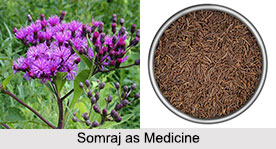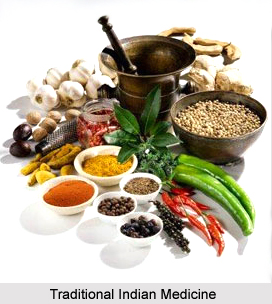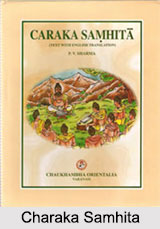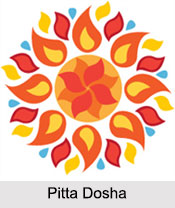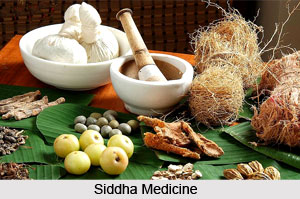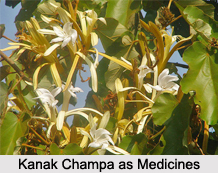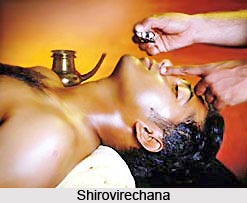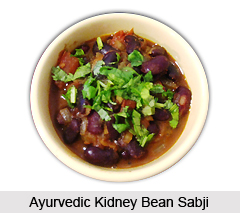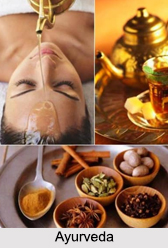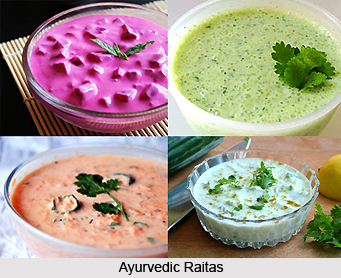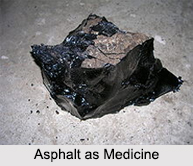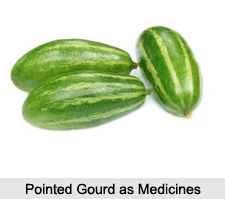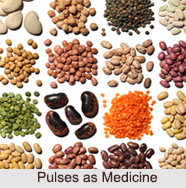 Phaseolus Roxburghii, the following varieties of leguminous pulses is mentioned by Sanskrit writers:
Phaseolus Roxburghii, the following varieties of leguminous pulses is mentioned by Sanskrit writers:
•Mudga: Phaseolus Mungo
•Masha: Phaseolus Roxburghii
•Mudgaparni: P. trilobus
•Makushtha: P. aconitifolius
•Kulattha: Dolichos uniflorus
•Rajamasha: Vigna Sinensis
•Simbi: A common name for several species of Dolichos.
•Chanaka: Cicer arietinum
•Masura: Vicia Lens
•Satila: Pisum sativum
•A`dhaki: Cajanus Indieus
•Triputi: Lathyrus sativus
•Mashaparni: Glycine labialis
Dose of Pulses in Medicine
Mudga, ordinarily known as moong dal, and especially its green variety, is considered most wholesome and suited to sick persons. A soup made of this pulse is often the first article of diet prescribed after recovery from acute illness.
Vicia Lens or lentils, which take rank first among the pulses as containing the largest proportion of flesh-forming matter, are regarded by the Hindus as highly nutritive, and useful in bowel complaints. A poultice made of this pulse is an effectual domestic medicine for checking secretion of milk and reducing distension of the mammary glands.
Cicer arietinum is perhaps the most favourite pulse with the natives, and is used as an article of diet in a great variety of ways. It is taken raw, or cooked in its green as well as ripe state. The acid liquid exuded from the hairs of the stem and leaves of Cicer arietinum is called chanakamla in Sanskrit. It is collected by spreading a cloth over the plants during the night and rinsing the fluid absorbed by it. Chanakamla is described as acid, refrigerant, salty and useful in dyspepsia, indigestion and costiveness. It enters into the composition of some medicines for dyspepsia along with other vegetable acids.
Dolichos uniflorus is used medicinally chiefly as an external application in the shape of poultices and pastes. Its soup is said to be useful in gravel and urinary disorders.
The Phaseolus Roxburghii or masha is much used in medicine both internally and externally in paralysis, rheumatism and affections of the nervous system. It enters into the composition of several decoctions used in these diseases. The following is an illustration; take the pulse of Phaseolus Roxburghii, root of castor oil plant, of Mucuna pruriens (atmagupta) and Sida cordifolia (bala), half a tola each, and prepare a decoction in the usual way. This decoction is given with the addition of rock salt and asafoetida.
Svalpamasha Taila: Take the pulse of Phaseolus Roxburghii 8 seers, water 64 seers, boil down to 16 seers, and strain. Boil the strained decoction with 4 seers of sesamum oil, and one of rock salt till the water is evaporated. This oil is said to be useful in rheumatism, contracted knee joint, stiff shoulder joint, etc.








